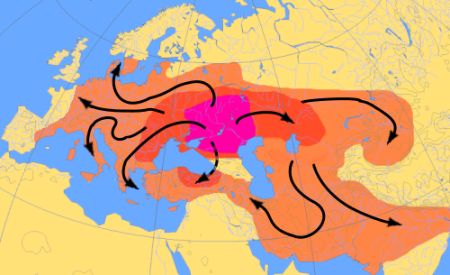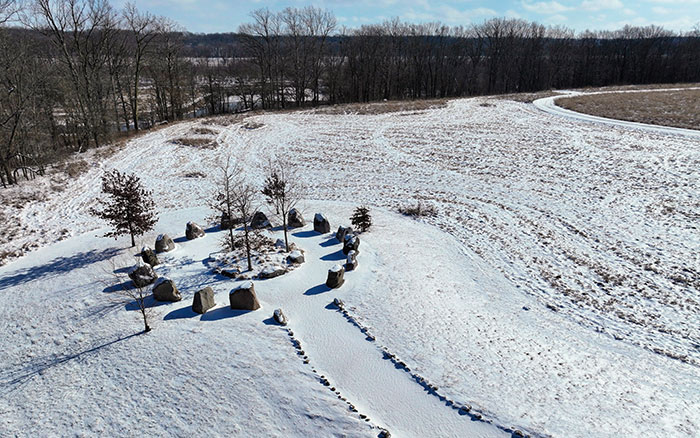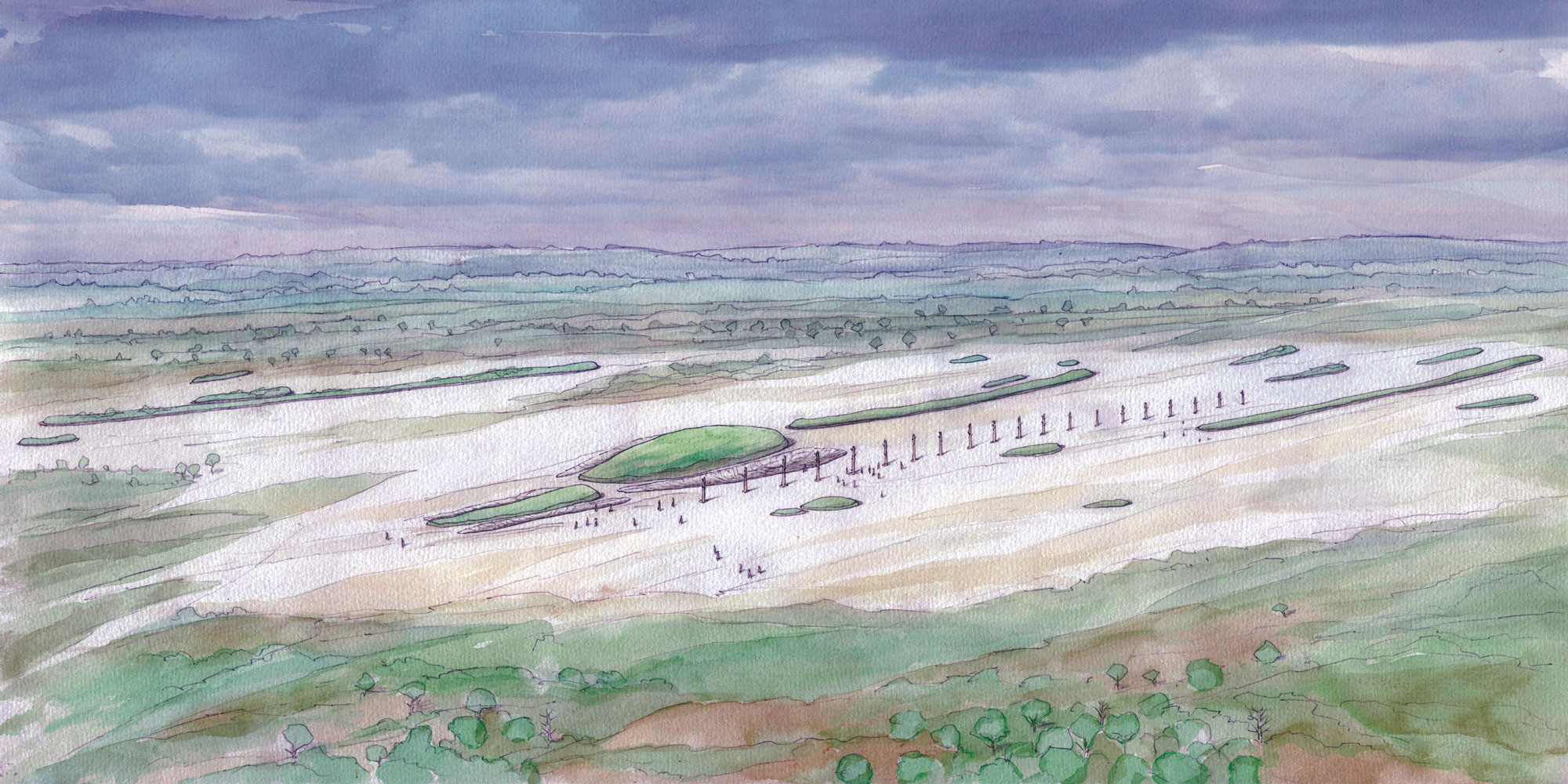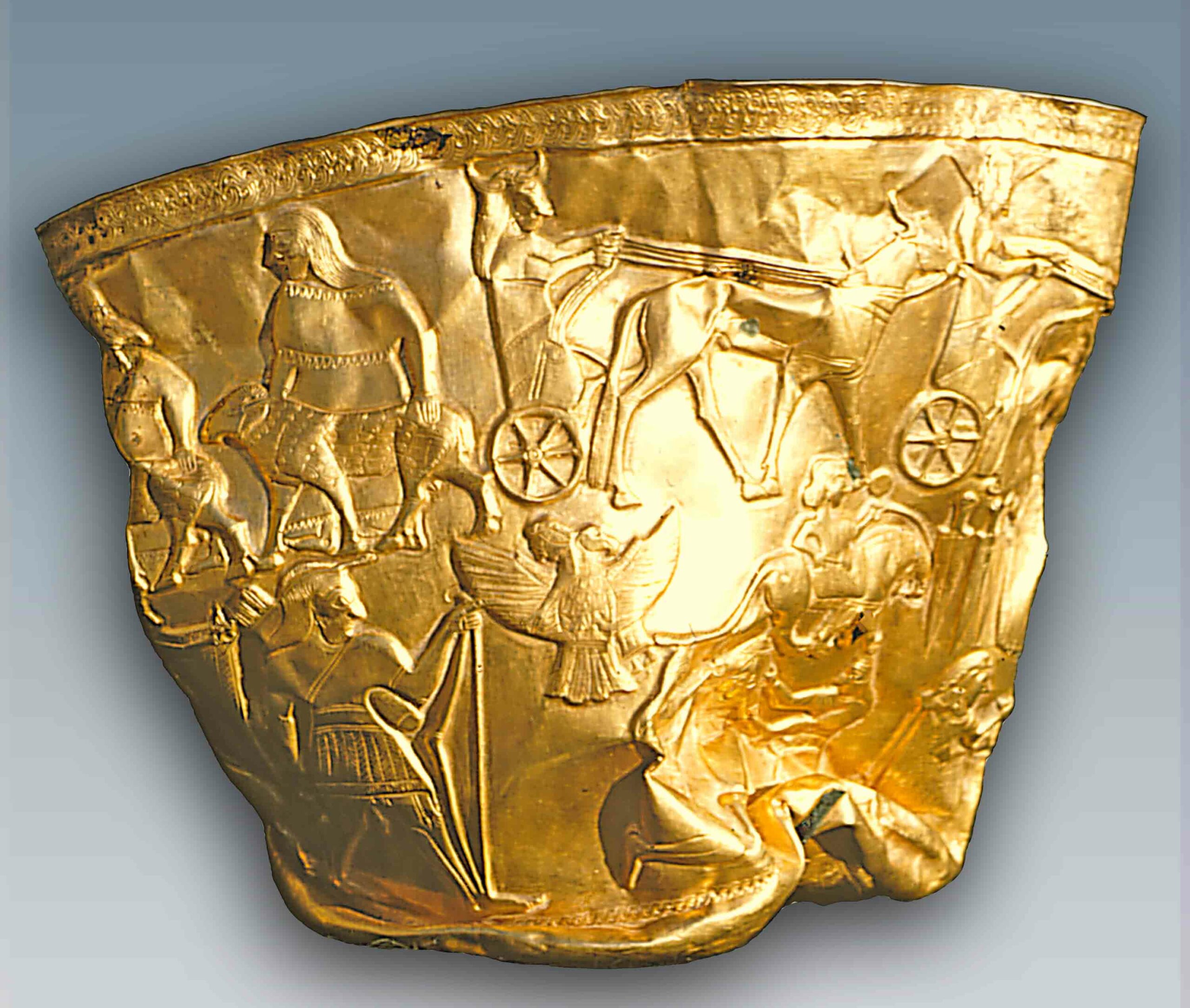
BERKELEY, CALIFORNIA—Linguists at the University of California, Berkeley, have used data gathered from more than 150 languages to show that the common ancestor of many of today’s languages, including English, first emerged 5,500-6,500 years ago in the Pontic-Caspian steppe. Using sets of words from both living and dead Indo-European languages, the researchers found evidence to support what is known as the “Steppe Hypothesis,” as opposed to the interpretation that suggests that these languages evolved from a common ancestor in Anatolia (modern Turkey) as much as 9,500 years ago. To read more about—and to hear a sample of—Indo-European languages, go to “Wolf Rites of Winter.”









